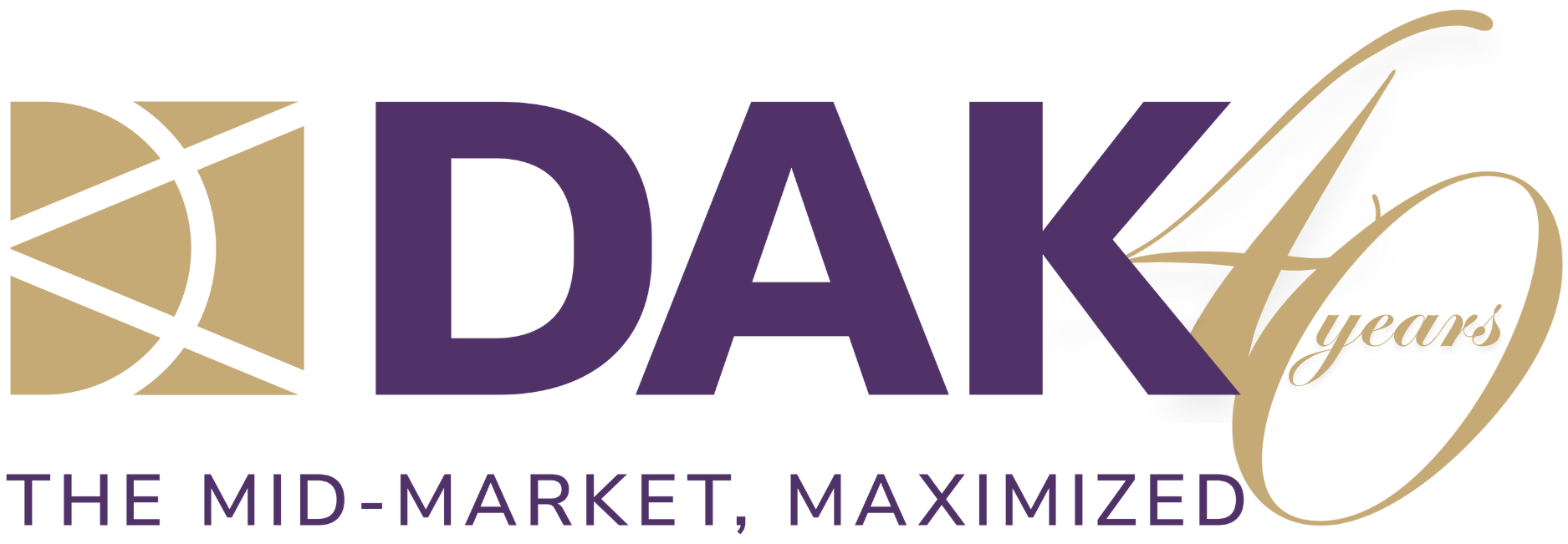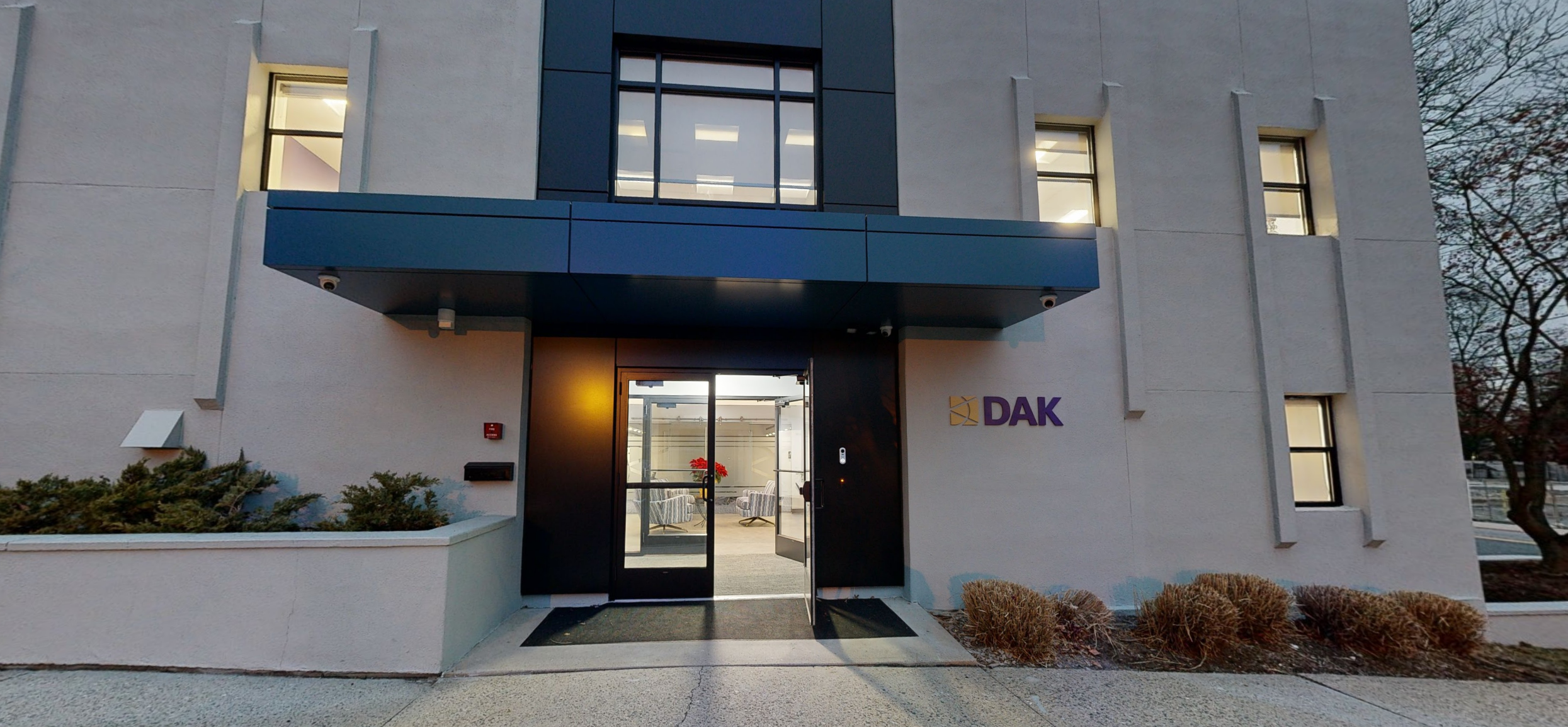People often wonder when the best time is to sell a family business. One answer is not waiting until the matriarch or patriarch of the business becomes incapacitated or passes away. Instead, business owners need to think about what their own life goals are, and how they interconnect to the business. Then, the owner can look at the multitude of options available to him/her and the planning can begin.
Years ago, if someone sold their business, they retired. Today, a seller has many more options: they can sell their business completely, and essentially cash out or, sell the majority of their business, yet still have a piece of it to enjoy future earnings – and in some cases (particularly with a Private Equity acquirer), the owner can stay on board and continue to grow the business with the support of the PE firm, and less of their own personal risk, another option is to sell a minority portion of their business, maintain control, yet take some of their personal risk off the table.
In the past decade, we have seen the average age of business owners looking to sell decline dramatically, by as much as ten years. A decade ago sellers would be in their mid to late sixties, now many of our sellers are in their fifties. They are selling at a younger age to protect their own wealth, by not having it tied up primarily in the business, and because they want to pursue other activities or businesses.
The first step, business owners need to take is to correctly identify what their objectives are to find a path that meets their goals. They should never jump into a decision like this lightly and should seek guidance from a financial professional with the right experience.
Younger generations of business owners are doing more research and viability analysis and may sell a large portion of their financial contribution but stay involved in the company. Some business owners are serial entrepreneurs who frequently sell outright and reinvest their earnings as capital in a new venture. And there are business owners who want to benefit from outside capital and expertise and sell 60-70% of their business to a buyer who can add value and take the company to higher levels than they could on their own.
Disruptive technology has completely changed almost every industry, severely impacting some businesses. You might call it the “Amazon Risk”. Amazon has wreaked havoc in the retail market affecting all retailers directly and impacting on real estate value, suppliers and distributors. Since Uber and Lyft have risen in popularity, the value of a medallion for a New York City taxi cab fell in value by more than 80% from over $1.0 million a few years ago to now around $200K, if it can be sold at all. This is just a few examples of how “disruption” can decimate an entire industry.
Relatively young business owners, in their 40s and 50s, who have built up profitable businesses, and want to protect their families are keenly aware of competition and technology that could make them obsolete. Since much of their net worth is tied up in a single illiquid asset – their company they want to stay ahead of the curve and consider long term financial security options, like taking some or all the money of the table.
At the same time that we have seen younger sellers enter the market, we are also seeing certain business owners who held off retirement because of limited investment opportunities. Some sellers in their 60s and 70s are concerned if they sell, they may outlive their money. They may not necessarily want to continue to run their business but feel they had no options. Typically, these are very conservative investors who have placed their liquid assets in treasury bills and CDs, which until recently were only yielding very low returns. Fortunately, if these owners speak to a financial professional they will learn about the many options they have, that will provide growth for their company and a smart long-term strategy for themselves.
The market has been very hot the past few years, owners of middle market companies have enjoyed high valuations and multiple offers, resulting from a continuation of low interest rates– enabling private equity groups to use cheap financing to facilitate higher multiples. Likewise, strategic buyers with vast cash reserves continue to be strong players as they look to grow revenue, profitability and capabilities through acquisition. In addition, many cross-border companies have chosen to expand their footprint into the United States.
Today that dynamic is shifting. While M & A volume and valuation trends are cyclical, there is no way of predicating how long an active M & A climate will last. We recommend that owners think carefully about the timing of their exit, and how current market forces might impact the value of their company and future.






